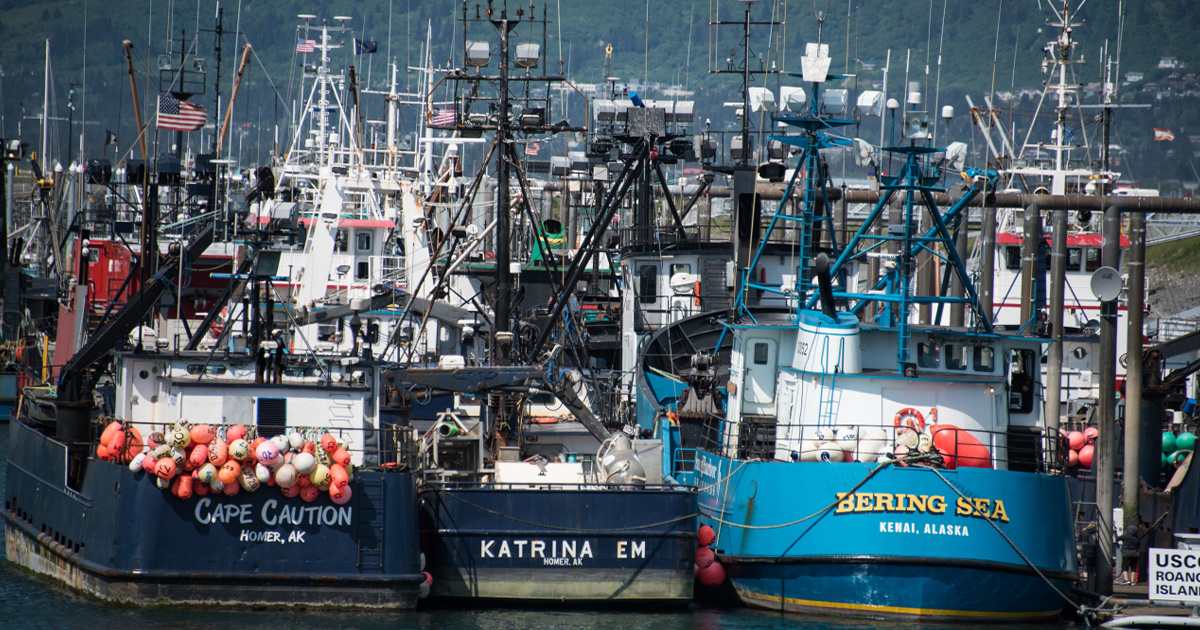US Secretary of Commerce Gina Raimondo announced the allocation of over $220 million in fishery disaster funding, appropriated by Congress in the 2022 and 2023 Disaster Relief Supplemental Appropriations Acts.
The funding will address fishery disasters that occurred in multiple Alaska and Washington fisheries between 2019 and 2023.
“Fishery disasters have devastating effects on local communities and our blue economy,” said Secretary of Commerce Gina Raimondo. “This disaster funding provides much needed assistance to our fishing industry, and we will work with the affected communities to begin the difficult work of helping them recover.”
Today’s allocation announcement applies to previously declared fishery disasters, including:
- 2022/2023 Alaska Bristol Bay Red King Crab and Bering Sea Snow Crab fisheries.
- 2021/2022 Alaska Bristol Bay Red King Crab and Bering Sea Snow Crab fisheries.
- 2021 Alaska Kuskokwim River Salmon, Norton Sound Chum and Coho Salmon fisheries.
- 2021 Alaska Chignik Salmon fishery.
- 2020 and 2021 Alaska Norton Sound Red King Crab fisheries.
- 2020 Non-Tribal Ocean Salmon Troll and Puget Sound Salmon fisheries.
- 2020 Alaska Copper River/Prince William Sound Coho and Pink Salmon fisheries.
- 2019 Washington Columbia River, Willapa Bay and Puget Sound Salmon fisheries.
NOAA Fisheries used commercial revenue loss information to allocate funding across the eligible disasters.
“We understand these fishery disasters, some of which are related to climate change, are of great concern for the fishing industry and the people and communities that depend on these fisheries to support their local economies,” said Janet Coit, Assistant Administrator for NOAA Fisheries. “With this funding and NOAA’s robust science enterprise, we will continue to work together to address the challenges that climate change presents to our fishing communities and to our understanding of the nation's marine ecosystems.”
These funds will help improve the long-term economic and environmental sustainability of the impacted fisheries. Funds can be used to assist the impacted fishing communities including commercial fishermen, recreational fishermen, charter businesses, shore-side infrastructure, and subsistence users.
Activities that can be considered for funding include fishery-related infrastructure projects, habitat restoration, state-run vessel and fishing permit buybacks, job retraining and more. Some fishery-related businesses impacted by the fishery disasters may also be eligible for assistance from the Small Business Administration.
In the coming months, NOAA Fisheries will work with the states receiving allocations under this announcement on administering these disaster relief funds. Fishing communities and individuals affected by these disasters should work with their state and/or the Pacific States Marine Fisheries Commission as appropriate.



